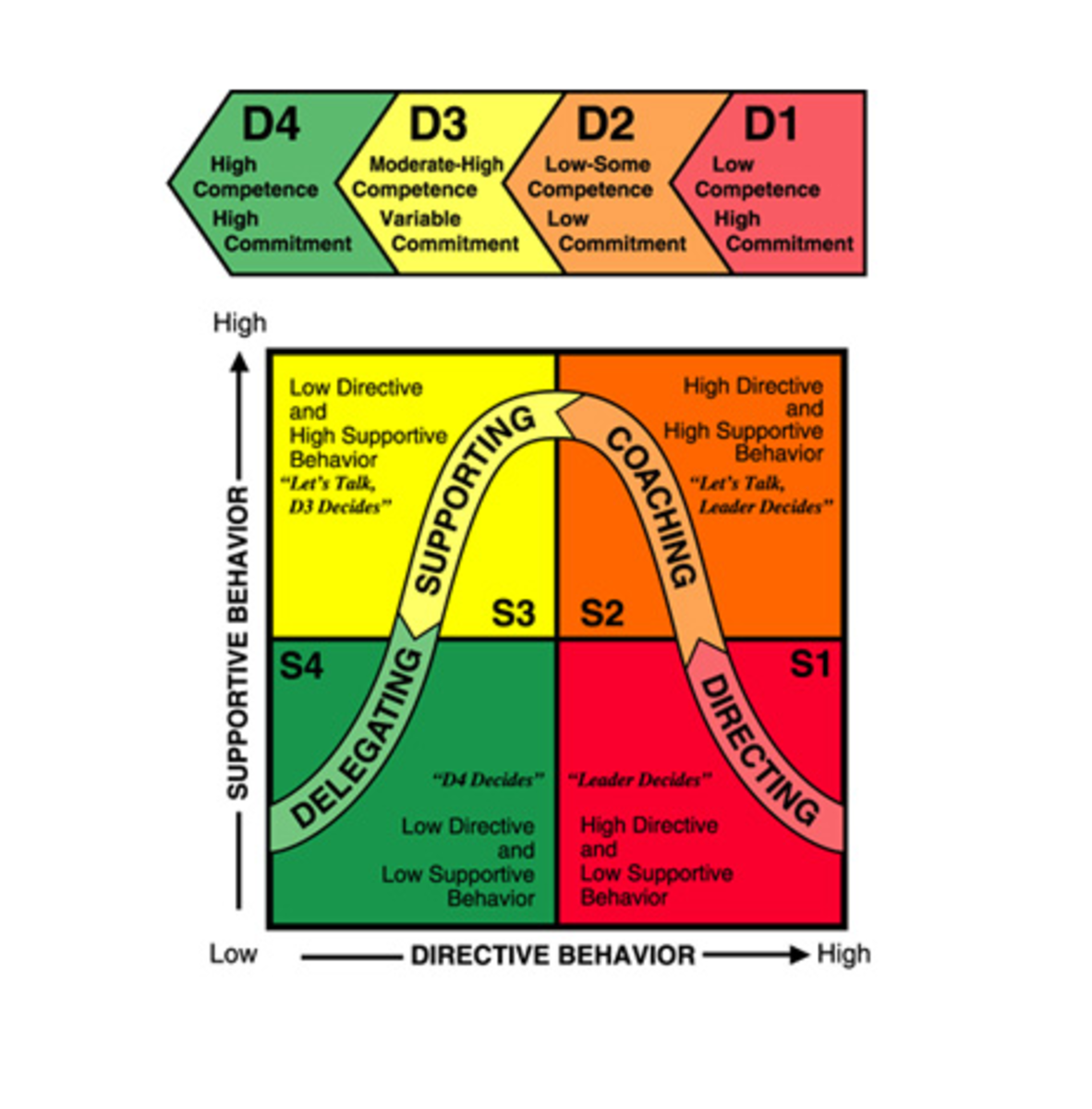Table Of Content

UnrealGT, a third-party synthetic image data plugin for Unreal Engine, was released in October 2019. In April 2021, spatial computing industry giant Unity somewhat quietly began promoting the use of their game engine for synthetic image data generation. NVIDIA released their enterprise Omniverse later that same year, enabling remote spatial collaboration for 3D design teams. These are the foundational tools an SD can use to bring the ‘perfect’ designs of any Order into a virtual representation of real world circumstances. If you’re familiar with Adobe Photoshop, imagine this as a batch process that applies various image manipulation techniques in a pseudo-random fashion. One can use this to take a conceptual product design (e.g. a new soda bottle label) and manipulate the image in a variety of ways to train a model that can determine if the design is present in many real-world environments.
External Analysis
The many projects I managed since then where commercial, social or cultural without distinction. The article contains images and explanations of a number of student projects that were created between 2012 and 2016. Designers or evaluators rigorously test the complete product using the best solutions identified in the Prototype stage.
Adaptive Learning Environments
This is the final stage of the five-stage model; however, in an iterative process such as design thinking, the results generated are often used to redefine one or more further problems. This increased level of understanding may help you investigate the conditions of use and how people think, behave and feel towards the product, and even lead you to loop back to a previous stage in the design thinking process. You can then proceed with further iterations and make alterations and refinements to rule out alternative solutions. The ultimate goal is to get as deep an understanding of the product and its users as possible. During the third stage of the design thinking process, designers are ready to generate ideas. You’ve grown to understand your users and their needs in the Empathize stage, and you’ve analyzed your observations in the Define stage to create a user centric problem statement.
Reframing the Situation: Design for Life—Thinking beyond Inclusive Design
After they document the new set of questions, they set out for a more targeted study of the design project. The Democratic Republic of Congo (DRC), a country that sits in the center of Africa bordering countries like the Central African Republic, Uganda, and Angola, has a tumultuous history. Under the reign of the ruthless Belgian King Leopold II, who ruled from 1865 to 1909, an estimated million people in the DRC (which was then called the Congo Free State) were killed. Despite the brutality of Leopold’s rule, many are unaware of who he is and how much he harmed the people and the country as a whole. In present day, the DRC, which gained its independence in 1960, is still heavily impacted by colonization, the extraction of resources, and outside interventions.
How to Easily Collect Data for Situational Analysis?
Integrated distilled spent grain with husk utilization: Current situation, trend, and design - ScienceDirect.com
Integrated distilled spent grain with husk utilization: Current situation, trend, and design.
Posted: Tue, 04 Apr 2023 01:45:09 GMT [source]
These centers could include flexible spaces for emergency shelter, medical triage, communication hubs, and resource distribution. By designing these centers to be adaptable to different types of emergencies and community needs, designers can enhance the resilience and preparedness of local communities in the face of disasters. Developing mobile health clinics equipped with modular healthcare modules that can be configured based on the specific healthcare needs of different communities.
At the end of a proper environmental scan you will be able to identify the opportunities and challenges in the face of new development. Investigate how internal factors such as available resources, skills of employees etc. and external factors such as economic and political trends, can affect the performance of your organization. It provides the knowledge to identify the current opportunities and challenges to your organization, service or product. This in turn helps with devising a strategy to move forward from your current situation to your desired situation. It is basically the process of critically evaluating the internal and external conditions that affect an organization, which is done prior to a new initiative or project.
An example may be a virtual representation of a factory line that is mechanically accurate and responds to simulated physics. This problem presents an opportunity to propose new design discipline — one that designs situations for prior artifacts to exist within. Imagine you are involved in a project to ensure workers in your company’s factory are wearing the correct Personal Protective Equipment (PPE), but the PPE they’ll be using has yet to be produced — it exists only as a design. You want to be able to detect this with a connected camera outside of the hazardous area that sends images to the cloud for inference (the resulting output of a Machine Learning or “ML” model). While the document for the design situation will be more than helpful, it can always be an added advantage to have some diagrammatic representations of the same.

Situational Analysis Best Practices
All design thinking activities—from empathizing to prototyping and testing—keep the end users front and center. The PESTLE analysis is another environmental scanning techniques that help provide insight into the external situation of an organization from many different angles. It focuses on political, economic, social, technological, legal and environmental factors.
Design thinking is a non-linear, iterative process that can have anywhere from three to seven phases, depending on whom you talk to. We focus on the five-stage design thinking model proposed by the Hasso Plattner Institute of Design at Stanford (the d.school) because they are world-renowned for the way they teach and apply design thinking. There are multiple design thinking frameworks, each with a different number of steps and phase names. User experience expert Don Norman describes human-centered design (HCD) as a more evolved form of user-centered design (UCD). The word "users" removes their importance and treats them more like objects than people. By replacing “user” with “human,” designers can empathize better with the people for whom they are designing.
Designing a marine protected areas network in a data-limited situation - ScienceDirect.com
Designing a marine protected areas network in a data-limited situation.
Posted: Sun, 24 Dec 2017 21:20:41 GMT [source]
Empathy is crucial to design thinking because it allows designers to set aside your assumptions about the world and gain insight into users and their needs. Once the team identifies one or more solutions, they determine whether the organization can implement them. In theory, any solution is feasible if the organization has infinite resources and time to develop the solution. However, given the team’s current (or future resources), the team evaluates if the solution is worth pursuing.
As the name suggests, the double diamond model consists of two diamonds—one for the problem space and the other for the solution space. The model uses diamonds to represent the alternating diverging and converging activities. The Head, Heart, and Hand approach by AIGA (American Institute of Graphic Arts) is a holistic perspective on design. It integrates the intellectual, emotional, and practical aspects of the creative process.
In order to build a model with higher confidence for a situation that may not yet exist, the realism needs to be substantially improved. By following these best practices, you can ensure that your situational analysis is thorough, insightful, and actionable, ultimately helping your organization make informed decisions and achieve its strategic objectives. By conducting external analysis, you can identify potential opportunities for growth and innovation, as well as anticipate threats that may jeopardize your organization's success. This proactive approach enables you to adapt to changes in the external environment and stay ahead of the competition. Analysis is about breaking down complex concepts and problems into smaller, easier-to-understand constituents. We do that, for instance, during the first stage of the Design Thinking process, the Empathise stage, when we observe and document details that relate to our users.
Designers analyze each stage of the service journey and tailor interactions, processes, and communication channels to align with the specific needs and preferences of users in different situations. The pandemic, for some groups in the society, has presented changes in the ways how they are living their life, but for others it presents an additional real life suffering. The communities that suffer more are the vulnerable groups, who are marginalized, underserved, underrepresented, and are struggling in fulfilling their basic needs. Design as a method for finding solutions and innovations in overcoming problems in meeting the needs of human life is required to act immediately that is to be fully involved to provide real solutions.
No comments:
Post a Comment